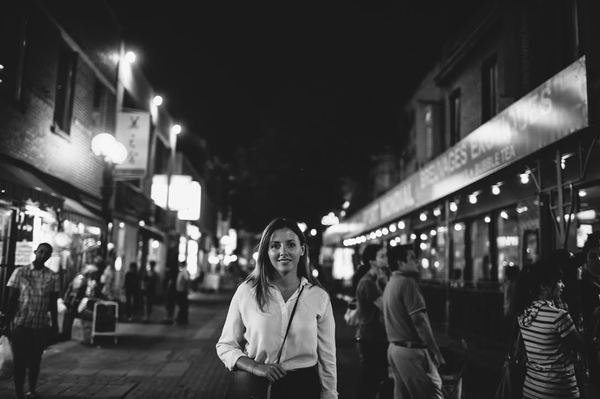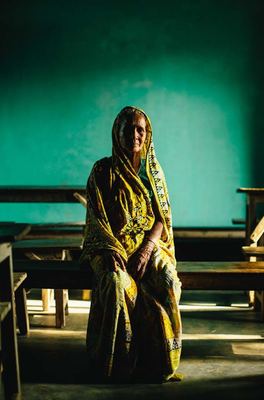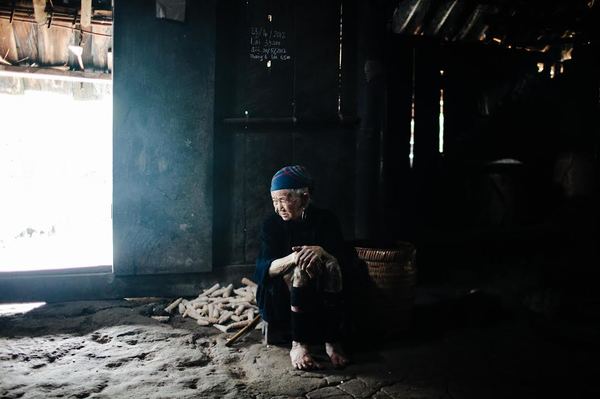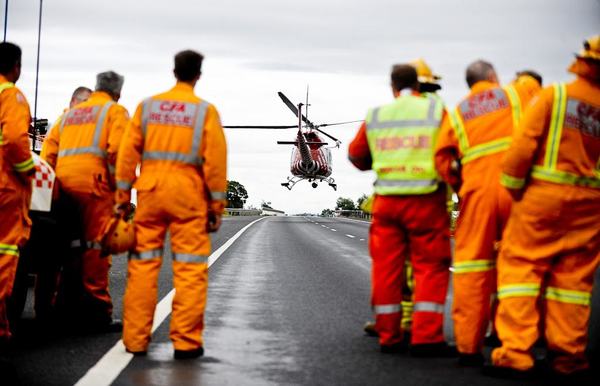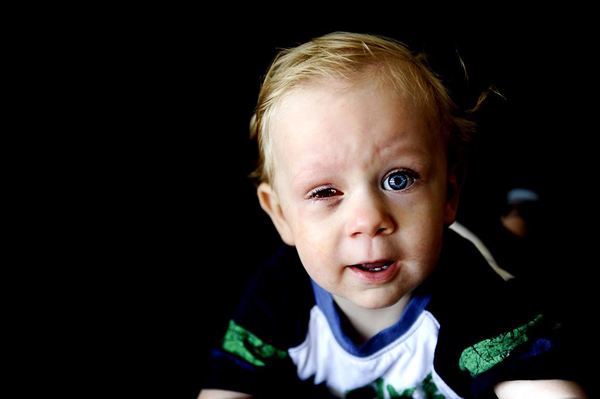“I feel like you get into so many situations with a camera that you wouldn’t normally be thrown into – people welcome you into their homes and I just feel like that’s such a privilege.”
– Kim Landy
When Kim Landy started working at Star News Group as a fresh-faced 19-year-old photographer, she could never have imagined what she’d experience through the eye of the lens over the coming years, as RUSSELL BENNETT discovers.
THOUGH she works in a visual medium, Kim Landy has quickly discovered that one of the most important aspects of her award-winning photography is – simply – listening.
Listening to people’s stories, the struggles they’ve gone through, the adversity they’ve faced, the pain and heartache they’ve experienced, and the joy they’ve felt.
Now 26, she started working with Star News Group at the end of 2009 as a photographer who, by her own admission, didn’t have the most extensive folio of work.
But through the baptism of fire that is newspaper photography, and learning directly from the likes of Stewart Chambers, Kim developed her own method of storytelling and photojournalism that she’s taken with her into all other facets of her career – whether it’s taking photos at weddings and documenting couples’ special days, or working overseas through NGOs (non-government organisations) and discovering just how privileged Australia is as a country.
“The first few days at the paper are a bit of a blur,” Kim said.
“I just remember Stew telling me stories about how it all ran, how to talk to people, and what sort of situations you’d get thrown into.
“It’s not just about taking the photo – it’s how to talk to people.
“With the paper you get thrown into so many different situations as well so I feel like I learnt so much working at Star, from taking photos of people and their pets, to crash scenes, to just generally learning how to deal with different situations and how to really listen to people. I feel like that, in itself, has set me up for the past four or five years of doing freelance work.”
Part of the magic of Kim’s photography is how she relates to her subjects on a personal level – they’re not just objects on the other end of the lens, they’re people with a story to tell.
It’s her experiences travelling to south-east Asia and parts of Africa, and her work with charities such as Beyondblue that have opened her eyes to just how hard day-to-day life is for so many people.
“I feel like you get into so many situations with a camera that you wouldn’t normally be thrown into – people welcome you into their homes and I just feel like that’s such a privilege,” she said.
“They’re willing to tell you their stories and almost share everything with you. I don’t think everyone gets that opportunity.
“There’s so much trust involved. It’s incredible – it blows my mind. As soon as you come in and take your camera out they’ll tell you their whole life story, and that’s what I love about it. I still feel quite privileged to be able to capture that.”
At the moment, Kim is in the middle of ‘wedding season’ – working flat-out six days per week.
She captures around 30 weddings per year – mostly around Melbourne, but some interstate and even overseas. It’s all referral-based through word-of-mouth.
“I found that at the beginning because I was so new to it and I didn’t really have any process down, but now I feel like I’m more established,” Kim said of her wedding photography.
“I don’t get stressed, but I take it really seriously at the same time. It’s a lot of responsibility and you can’t mess it up.”
But it’s through her experiences travelling to the likes of India, Nepal, Kenya, Zimbabwe, Tanzania, Cambodia and Japan that she’s gained real perspective – one that’s changed her outlook on life.
“It’s very contrasting – I find it really hard sometimes going to a third-world country and then coming back to Melbourne where everything’s great and life’s easy,” she said.
Recently, she attended and documented a live birth in remote Nepal.
“There was no doctor or anything around but we had a doctor with us and he was an obstetrician,” she said.
“He checked her over and said ‘Alright, we’re going to get this baby out – it’s been in there too long’.
“It was quite an intense birth. She was exhausted but they ended up getting the baby out. It wasn’t breathing for a few minutes – it was blue – and you go out of that situation and you’re like ‘Wow, we have it so good in Australia – healthcare-wise’.
“Even in Africa we went to a maternity ward and one of the guys was wondering what they did in case of pain – like an epidural – and they said ‘No, we’re just trying to keep this woman alive – there are no painkillers here. The main thing for us is keeping the women alive’.
“You come back and realise life is great, what are we complaining about? Talk about first-world issues!
“It’s been amazing going to different countries and experiencing different cultures and how they work, and how you should talk to people.
“I think it’s just made me a little bit more laid-back and considered when it comes to worrying about different things.
“I don’t think many people consider what’s going on overseas – they’re happy in their little bubble and I get like that too sometimes.
“It’s super important to tell these stories because people are still suffering and these people can’t tell their own stories.
“I think it’s important to witness the tragedies and pain to appreciate the beauty and the simplicity of living in Melbourne.
“Sometimes I find it hard to integrate back into the normality of living in Australia and with all we are blessed with – including healthcare, fresh water and food in abundance. Life is simple here.
“I think what I enjoy most photographing overseas is telling a story that may not have been told and seeing the change and the positive and life changing effects that NGOs can have on a small community.”
One of Kim’s favourite quotes comes from a book by Lynsey Addario – ‘It’s What I Do: A Photographer’s Life of Love and War’.
It simply reads: “I choose to live in peace and witness war – to experience the worst in people but to remember the beauty.”
Kim will hold an exhibition of her work in Cremorne in February, simply titled ‘Second Home’.

